A Day in the Life of a Pilot
Ask Captain Lim
JULY 13, 2025
Even if it’s sunny at departure and arrival airports, turbulence or storms along the route may necessitate adjustments. During take-off, pilots rely on calculated thrust settings and critical speeds such as V1, the decision point after which take-off must continue. Weather plays a crucial role.

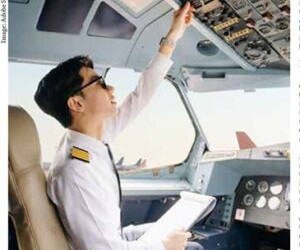





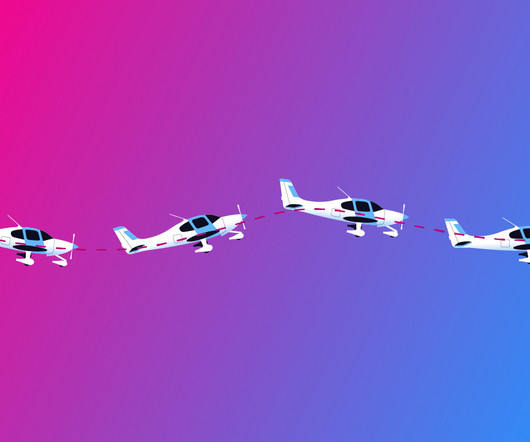

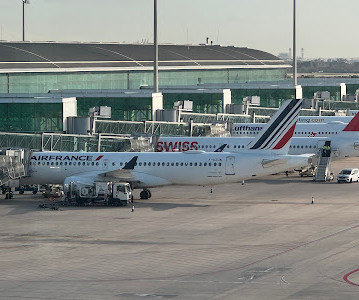
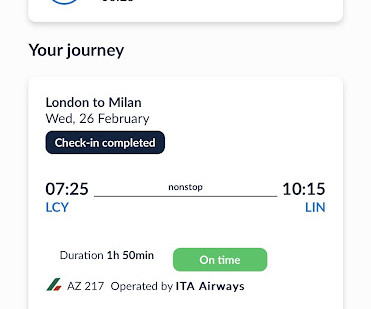



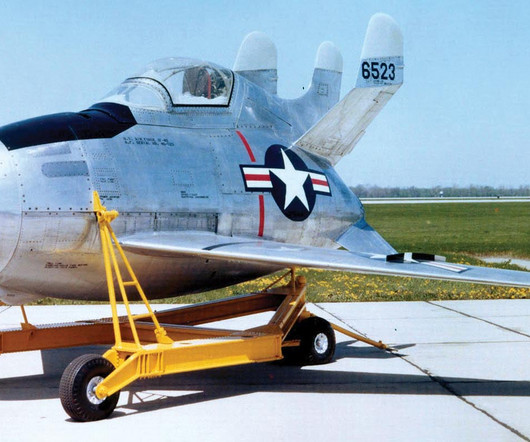



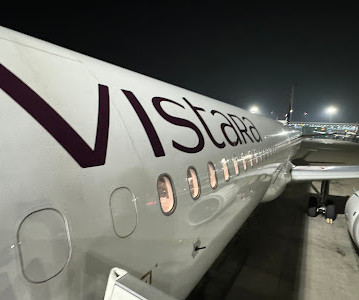
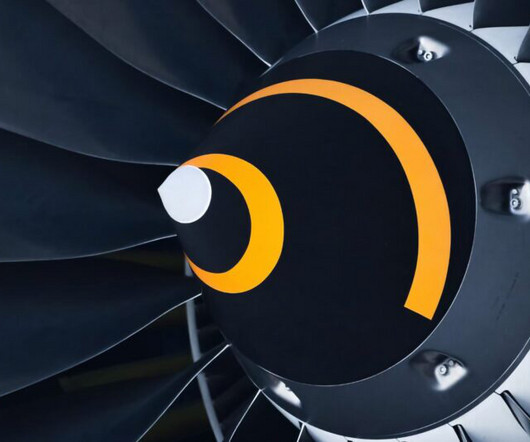
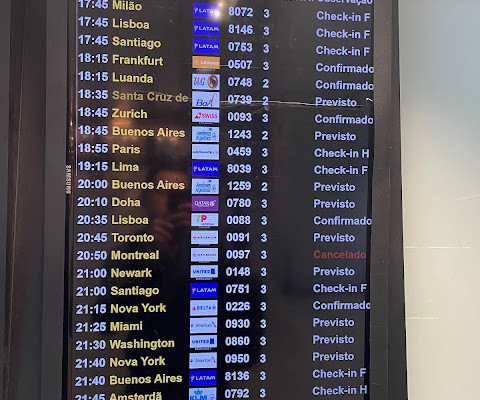

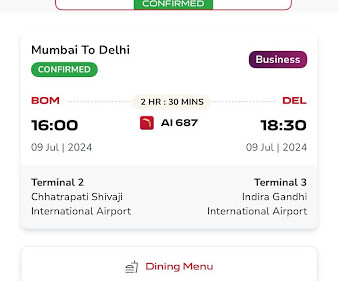






Let's personalize your content